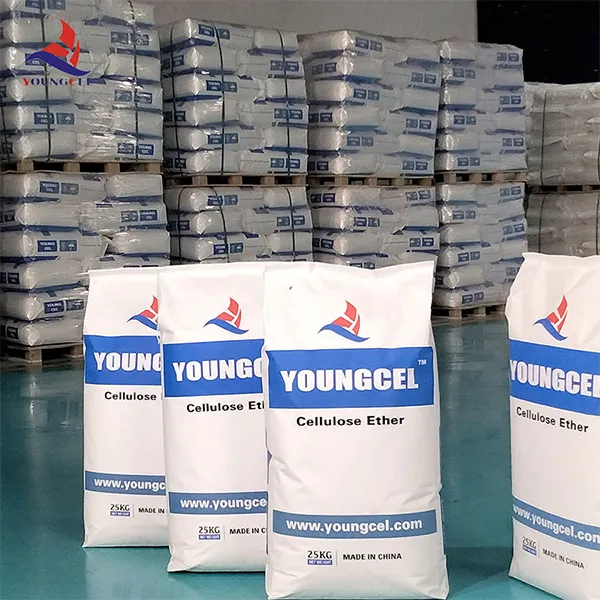The Importance of HPMC in Shower Gel Formulations
Hydroxypropyl methylcellulose (HPMC) is a cellulose derivative that has gained popularity in various personal care products, particularly in shower gels. This versatile compound is lauded for its thickening, emulsifying, and stabilizing properties, making it an excellent ingredient in cosmetic formulations. As consumers increasingly seek products that deliver both performance and sensory appeal, the role of HPMC in shower gels cannot be overstated.
The Importance of HPMC in Shower Gel Formulations
In addition to its thickening properties, HPMC serves as an effective emulsifier. Shower gels often contain a variety of ingredients, including oils and surfactants, that need to be evenly dispersed throughout the mixture. HPMC stabilizes these emulsions, preventing separation over time. This stability ensures that consumers receive a consistent product with every use, fostering brand loyalty and satisfaction.
hpmc for shower gel

Another important attribute of HPMC is its mildness on the skin. As a non-ionic polymer, HPMC is generally considered safe and is well-tolerated by most skin types. In an era where many consumers are becoming more conscious of the ingredients in their personal care products, HPMC represents a safe option that can help brands appeal to a wider audience. Furthermore, its compatibility with other ingredients allows formulators to create products that cater to sensitive skin, along with those needing additional hydration or specialized benefits.
In terms of functionality, HPMC also contributes to the moisturizing properties of shower gels. It has the ability to retain water, providing a layer of hydration that helps to soothe the skin during and after cleansing. This feature aligns well with the growing trend toward skincare-influenced body care products that not only clean the skin but also provide ongoing nourishment and hydration.
Moreover, HPMC enhances the foaming properties of shower gels. While surfactants are often responsible for creating lather, HPMC can enhance the stability of foam, ensuring that consumers enjoy a rich and luxurious cleansing experience. A satisfying lather not only improves the sensory experience but can also contribute to the perception of cleaning efficacy, an important factor for many users.
In conclusion, the inclusion of HPMC in shower gels brings multiple advantages, including improved viscosity, enhanced emulsion stability, skin compatibility, moisturizing properties, and better foam stability. These benefits align with consumer demands for effective yet gentle products that deliver a spa-like experience in the comfort of their homes. As the personal care industry continues to evolve, HPMC stands out as a key ingredient that can help brands create high-quality shower gels that meet consumer expectations and health-conscious trends. Thus, HPMC’s role in shower gels is not merely functional but essential for fostering a connection with modern skincare routines.
-
Rdp Powder: Key Considerations for Wholesalers in the Building Materials IndustryNewsJul.08,2025
-
Key Considerations for Wholesalers: Navigating the World of Hpmc - Based ProductsNewsJul.08,2025
-
Hpmc Detergent: Key Considerations for WholesalersNewsJul.08,2025
-
Key Considerations for Wholesalers: China Hpmc For Tile Adhesive, Coating Additives, Concrete Additives, and MoreNewsJul.08,2025
-
Crucial Considerations for Wholesalers: Navigating the World of Construction MaterialsNewsJul.08,2025
-
Key Considerations for Wholesalers Sourcing Additive For Cement, Additive For Concrete, Additive For Putty from Additive Manufacturer Shijiazhuang Gaocheng District Yongfeng Cellulose Co., Ltd.NewsJul.08,2025




